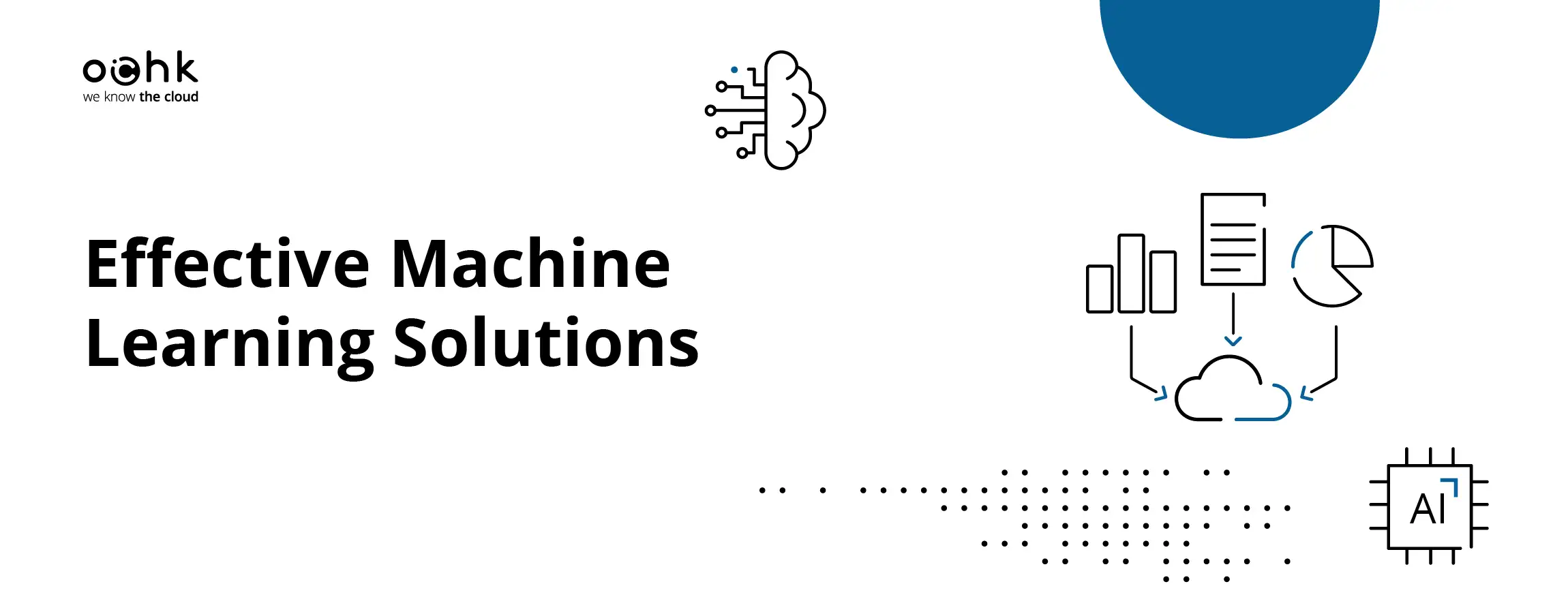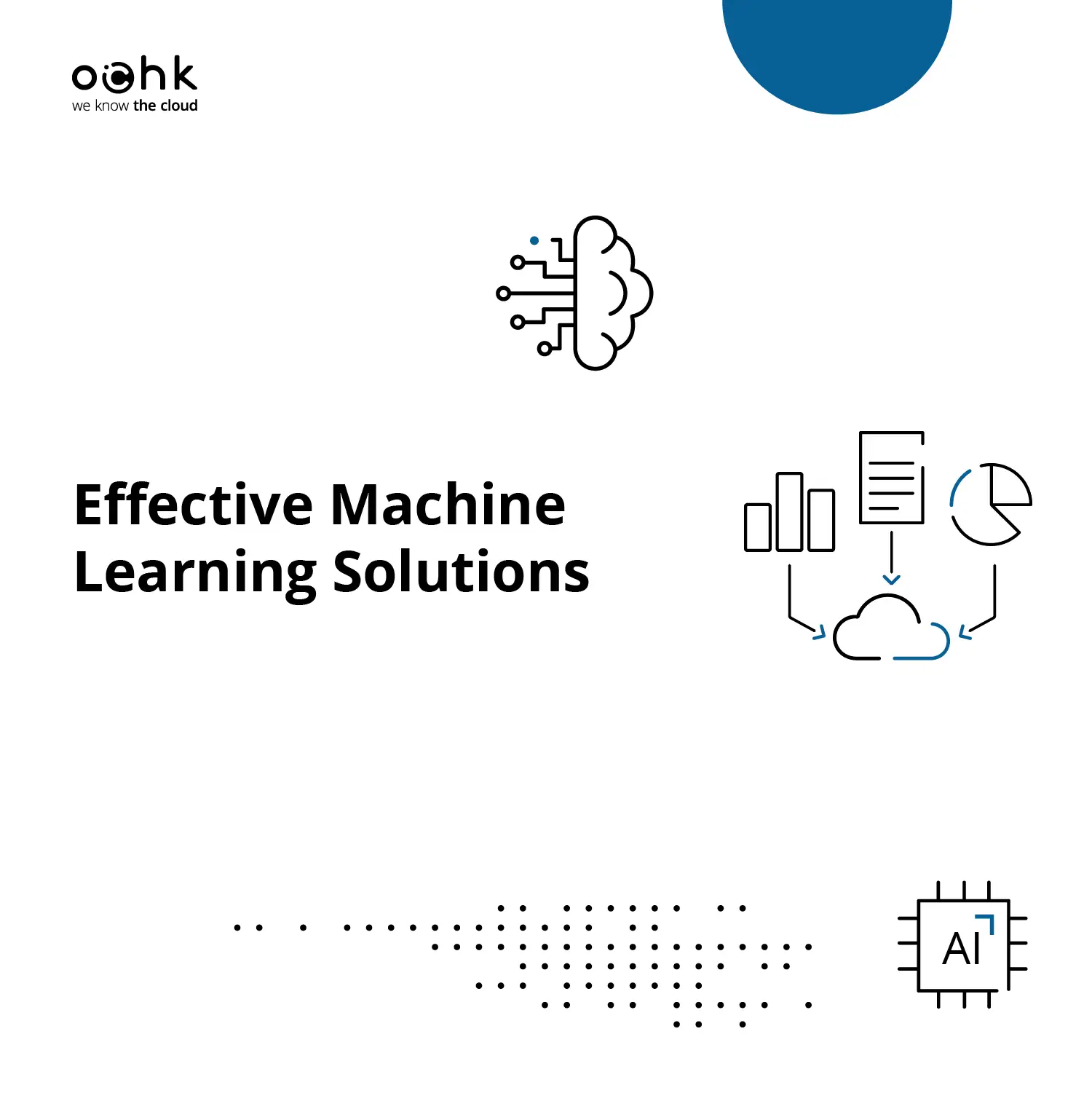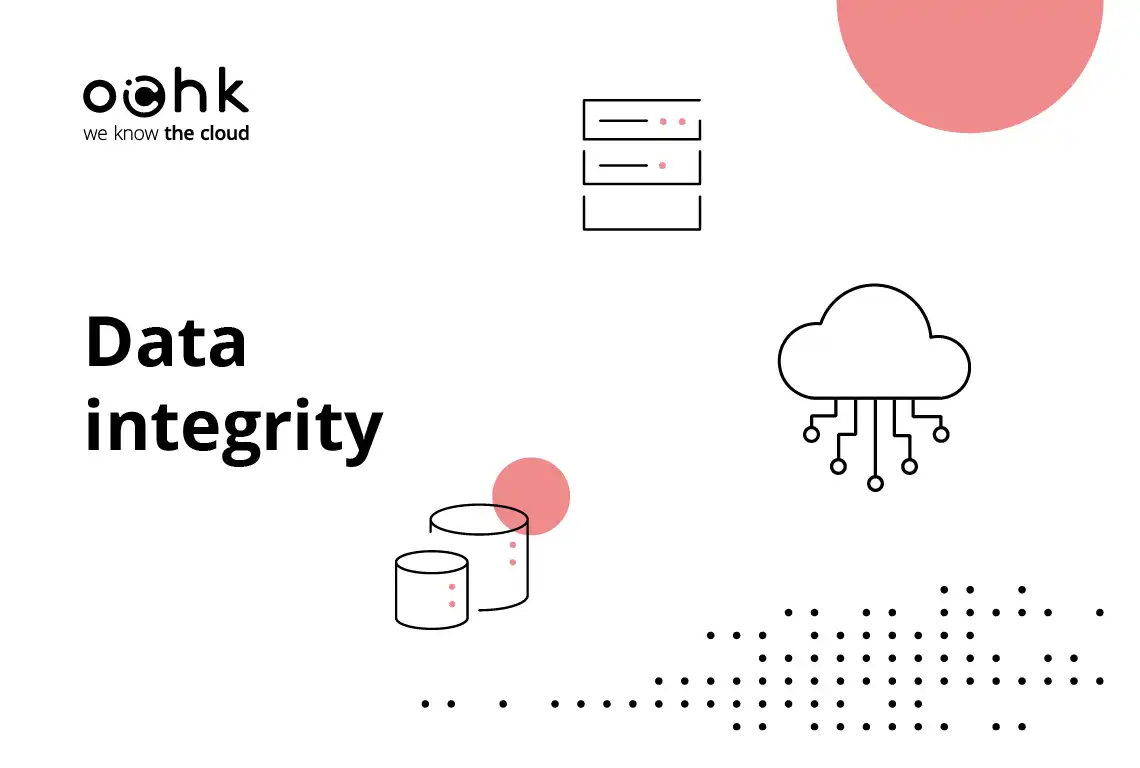Today, many companies witness their business strategies being shaped by emerging technologies such as machine learning. Unsurprisingly, those who want to keep pace with trends, stay ahead of their competition, and improve their customers’ experience are opting for solutions based on machine learning algorithms. However, these endeavors are not always successful. How to translate an experiment into actual business value? In this article, you will learn what steps to take to end it with a production implementation.
What is machine learning?
Image and speech recognition, text analysis, prediction, decision support: these applications of artificial intelligence (AI) are increasingly used in business processes, and have been a sign of technological sophistication of companies for some time now. However, the term artificial intelligence is often used interchangeably with machine learning (ML). What is machine learning and how does it work?
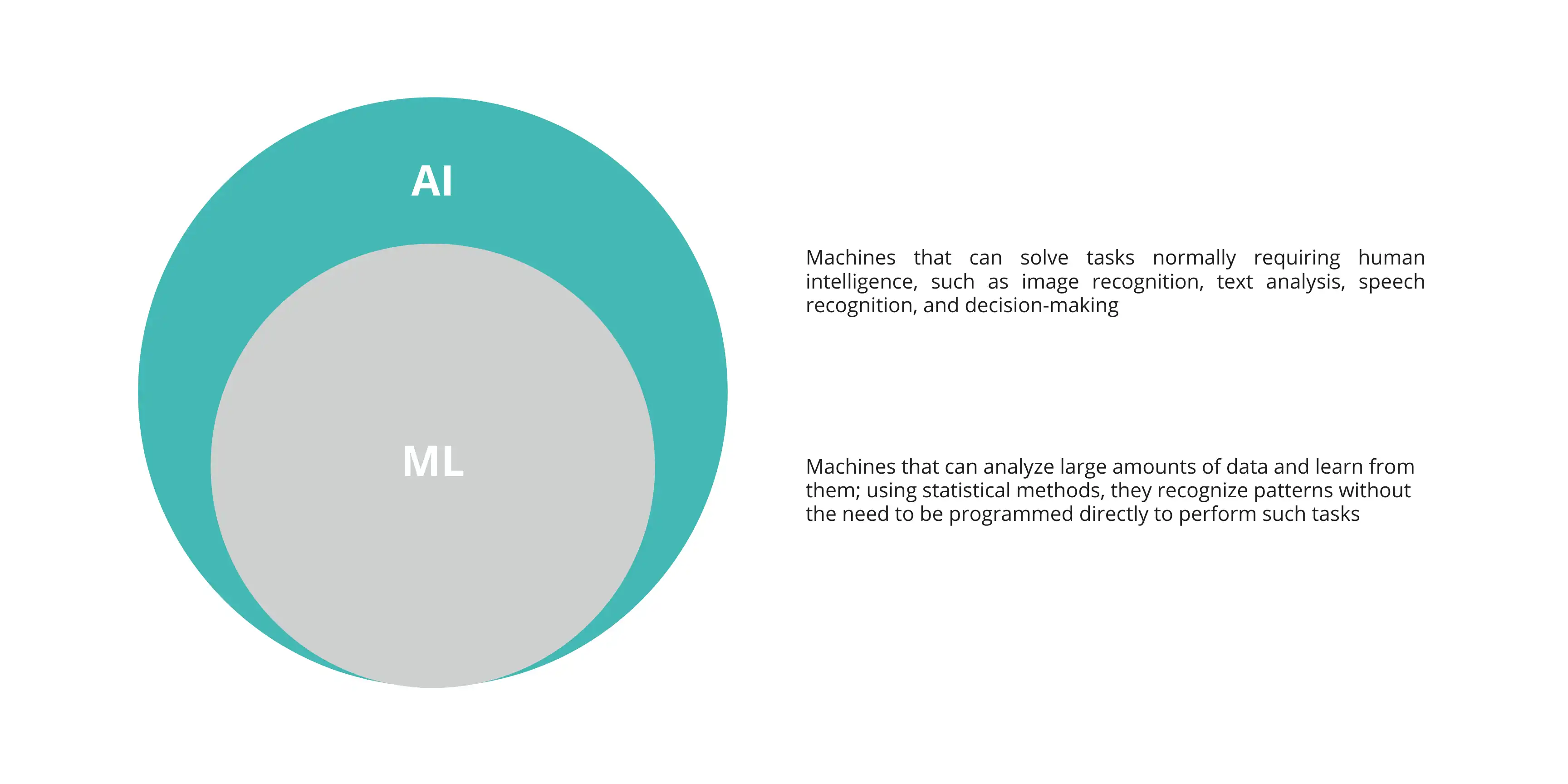
Both terms are closely related. While artificial intelligence focuses on imitating human intellect in a variety of contexts, machine learning is primarily aimed at analyzing, interpreting, and using large databases (Big Data) to learn and improve algorithms without deep coding. Machine learning is part of artificial intelligence and is one of the tools that enable the development of AI systems. ML is therefore often a key component of AI solutions that enables their adaptation and improvement based on collected data and experience.
Business pressure and machine learning in practice
If you take a quick look at social media posts, industry portals and newspaper articles on business development, you might come to the conclusion that you are already lagging behind your competitors if the implementation of machine learning tools is only in your plans. But is this really the case?
On the one hand, the need to collect and analyze data to achieve business goals is now almost as obvious as once was the need for an industrial revolution. Clearly, data has become the fuel for today’s businesses so the answer to the question of whether machine learning is worth implementing is simple. On the other hand, according to Forbes, most machine learning models never even enter the actual business environment (i.e., the so-called production environment) or they quickly encounter significant obstacles.
The implementation of ML projects is a very complex process. That is why chasing trends without proper preparation may prove costly for your organization. How to reduce the number of failed projects and take full advantage of machine learning capabilities? Below are some useful tips.
Step 1: Business idea and initial implementation plan
One of the common myths is that Data Scientists play the key role in introducing machine learning into an organization. While this is true in terms of technical competencies, the entire process of technology implementation should be preceded by a business—level discussion. Before you let your engineers set sail on the data lake, you should tell them which direction to take.
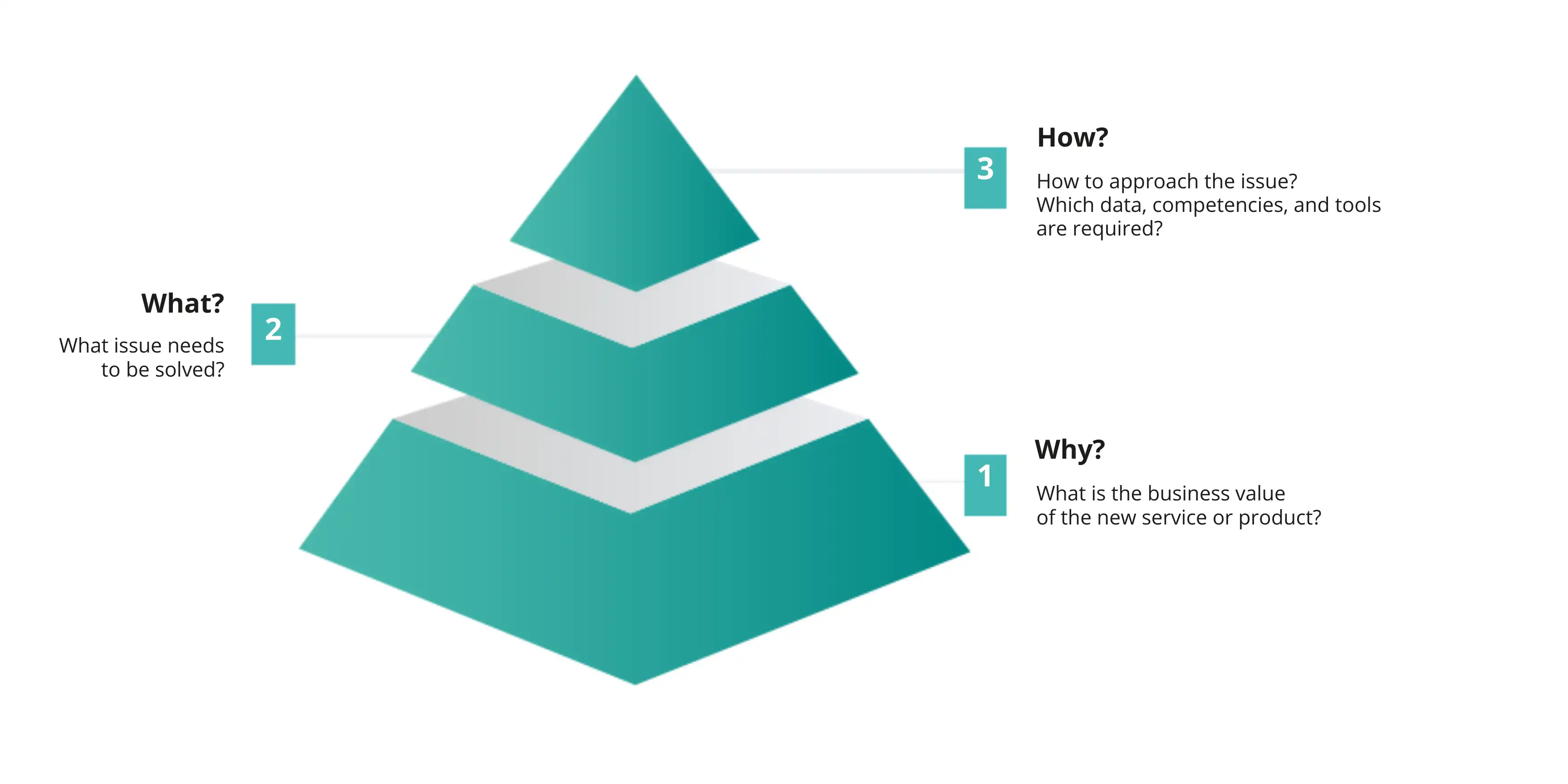
The core questions include:
- Why do I want to launch this project, and what results do I expect?
- What issue needs to be solved?
- What do I need to deliver business value?
The implementation of machine learning algorithms in an organization is often motivated simply by the desire to use the collected data or the conviction that a specific problem can be solved by ML. While not unreasonable, if you have limited resources, you should focus primarily on the following questions:
- How important is the issue for your company?
- What is the business value of having it solved?
- Are your business processes ready to make effective use of the designed solution?
You should also define the ML model (segmentation? propensity to buy?) and prepare adequate resources, for example: Which data can be useful in explaining a specific question? Which team should be involved? Which tools are necessary to perform the analysis? With your answers ready, you can move on to the next step, which is formulating requirements and verifying hypotheses.
Step 2: Formulating requirements and verifying hypotheses
Before you delve deep into the problem, try and formulate the measurable benefits that you expect to receive, e.g., for a suspicious financial transaction detection model to be profitable, it must be at least 20% more effective than existing methods. Make sure you see the other side of the equation, i.e., the costs. For instance, you decide to invest no more than PLN 200,000 in building your ML solution. The lack of initial assumptions makes it much more difficult to monitor project implementation and flag issues throughout its development.
It is also equally important to perform initial feasibility studies for your hypotheses. You need to answer a few questions. Do you have a sufficient number of observed cases for the phenomenon you want to predict? Is your data relevant for explaining the phenomenon? And finally, which data and its history do you need to build the model? Does the Data Scientist have access to them, or do you have to provide them from the source systems?
The answers to these questions should provide you with sufficient knowledge to make the key decision before you even commit to the project. You might need to stop at this stage to avoid further costs!
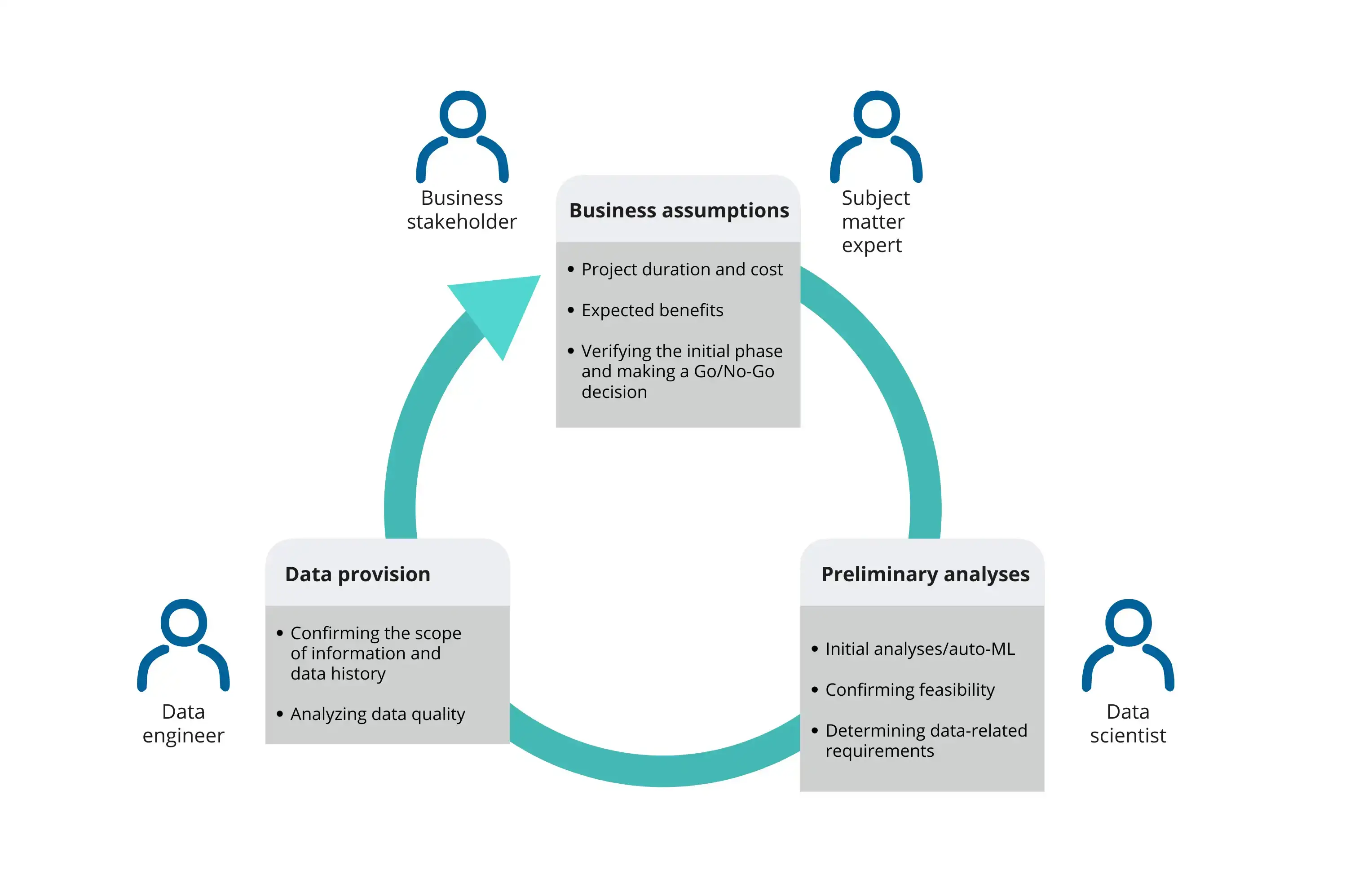
Step 3: Operationalization and economies of scale
A good machine learning implementation project culminates with building the analytical model and its operationalization. You should take account of three basic elements of the process: the source data management platform (a modern Data Lakehouse), the analytical feature management platform (Feature Engineering) and the analytical model lifecycle and operationalization management platform (MLOps). Each of these elements plays an important role in the success of the project.

- The Data Lakehouse is a piece of modern data architecture with a layer of detailed source data, namely a range of information that can be used when building ML solutions. It may include both structured data (e.g., customer characteristics or product profiles) and unstructured data (e.g., production line pictures for classification or audio recordings).
- The Feature Engineering platform enables you to curate your repository of analytical features, including their definitions, versions, billing process, quality monitoring, and services for providing data to your audiences.
- The MLOps platform serves as a unified repository of experiments and models, controls the computing of scores and stores them, monitors the quality of the models, and manages the services that provide the results.
Both Feature Engineering and MLOps platforms optimize the processes of building, deploying, and maintaining the solution when it is used on a larger scale. While they may not be required in organizations that only occasionally use ML algorithms, although their use is always recommended!, ML algorithms become absolutely necessary when conducting large-scale operations, i.e., with dozens or hundreds of models and thousands of variables used for prediction.
Obviously, simply having these three elements does not guarantee ironclad success, but it provides you with the tools to collect the information you need and more easily supervise the modeling process.
Summary
Machine learning applied in business offers innumerable opportunities. Undeniably, companies that leverage ML algorithms find it much easier and faster to develop innovative products and services, and strengthen their edge on the market. However, a prerequisite for it is a proper action plan. Remember:
- Choosing the right area for analysis is crucial to the success of your project,
- Defining precise and measurable goals enables you to control the course of the project and respond when necessary,
- Not having all the elements worked out at the highest level does not prevent you from getting started.
If you look at the above items from a broader perspective, it turns out they all work well for any business project, not just machine learning. This brings us to the right conclusion: machine learning is not pixie dust you can sprinkle around to magically materialize a fully-fledged, effective solution. Like any technology on which you build a new service or product, it requires setting goals, organizing the process of achieving them, and monitoring the results.
